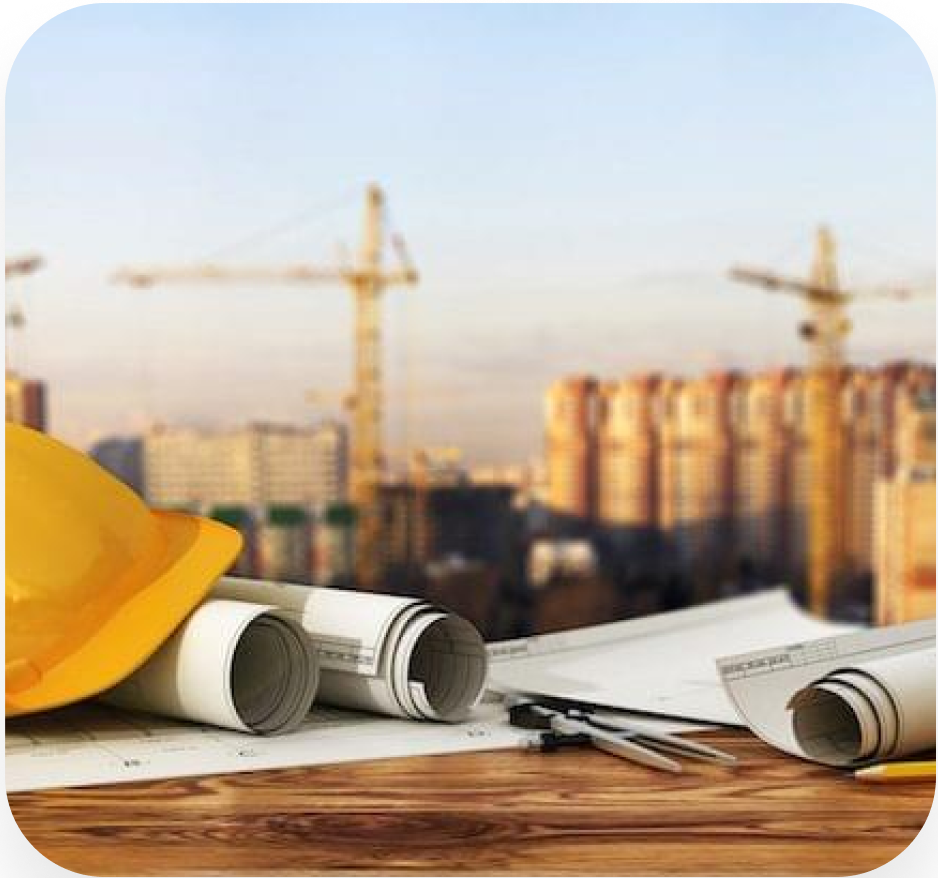Each year OSHA releases their Top 10 most frequently cited workplace safety standards. For several years in a row, Fall Protection hazards remain the number one most frequently cited standard. OSHA requires fall protection for employees at elevations of four feet or greater in General Industry workplaces, five feet or greater in shipyards, six feet or greater in construction industry, eight feet or greater in longshoring operations, and when working over dangerous equipment/machinery regardless of the fall distance. Our goal is to help companies assess their risk when working at heights and help them determine the most effective solution to control fall hazards at their workplace.
To select the appropriate fall protection system employers must be educated on the various methods to control fall hazards at their workplace. Ideally, eliminating the fall hazard would provide the most effective solution. However, when this is not possible, determining whether to implement passive fall protection systems or active fall protection systems should be thoroughly assessed.
Passive fall protection systems are stationary; meaning once they are designed/installed the system does not move whether it is being utilized or not. Other than inspecting the system, there is virtually no human interaction for the system to function properly once it is installed. These systems typically consist of guard-rail systems and netting systems. Employers should consider specific OSHA requirements for installing guard-rail and netting systems when considering these passive fall protection options.
Active fall protection systems fall into four categories. 1. Fall arrest 2. Positioning 3. Suspension 4. Retrieval. These systems typically consist of a harness, a lanyard, a lifeline, a shock absorber, and an anchor point that is Capable of supporting at least 5,000 pounds per employee. Prior to using active fall protection systems employees should be trained on the proper use and maintenance of the fall protection equipment. Additionally, the employer must have a rescue plan in the event of a fall prior to utilizing an active fall protection system. Below is a quick explanation of the four categories:
Fall Arrest System
Fall arrest systems are utilized to halt/stop a worker in a free fall from an elevated work area. These systems consist of a harness, a life-line, a shock absorber, and an anchor. It is crucial to properly account for the elevated height of the job-task, the height of the worker, the elongation of the system under the load of a fall, and account for a safety margin when considering this fall protection system.
Positioning System
A positioning device is used in conjunction with the fall arrest system. The worker affixes a positioning device to the fall arrest system and their body harness. This system allows the worker to use both hands to perform job-tasks while the positioning device keeps them safely in place.
Retrieval System
A rescue plan must be apart of your fall protection plan per OSHA requirements. Once a worker experiences a fall, focus on retrieval is essential. Descent/rescue systems help workers quickly self-rescue. Self-retracting lanyard (SRL) or a winch device is an example of a retrieval system.
Suspension System
Suspension systems are utilized to lower and support a worker while their hands are free to perform job-tasks. Workers who perform façade restoration/painting and window washers typically utilize this type of system. The suspension system is used in conjunction with the fall arrest system.
Having a written safety manual and protocols that outline specific requirements for employees and subcontractors who perform job-tasks at elevated heights is essential. Additionally, performing safety audits at regularly scheduled intervals and continuously assessing your workplace for fall hazards and other deficiencies should be a key priority for your health & safety programs success. By taking a proactive approach and understanding various options to keep your workers and workplace free from hazards your company is able to reduce risk, increase morale, and create a strong safety culture.
Please feel free to reach out to us with any questions you or your company may have. Be sure to keep an eye out for our next blog where we will discuss Excavation hazards and steps your company can take to keep your workers safe!
Ryan Worrell
Ash Safety Services, LLC
ryanworrell@ashsafetyservices.com
www.ashsafetyservices.com


